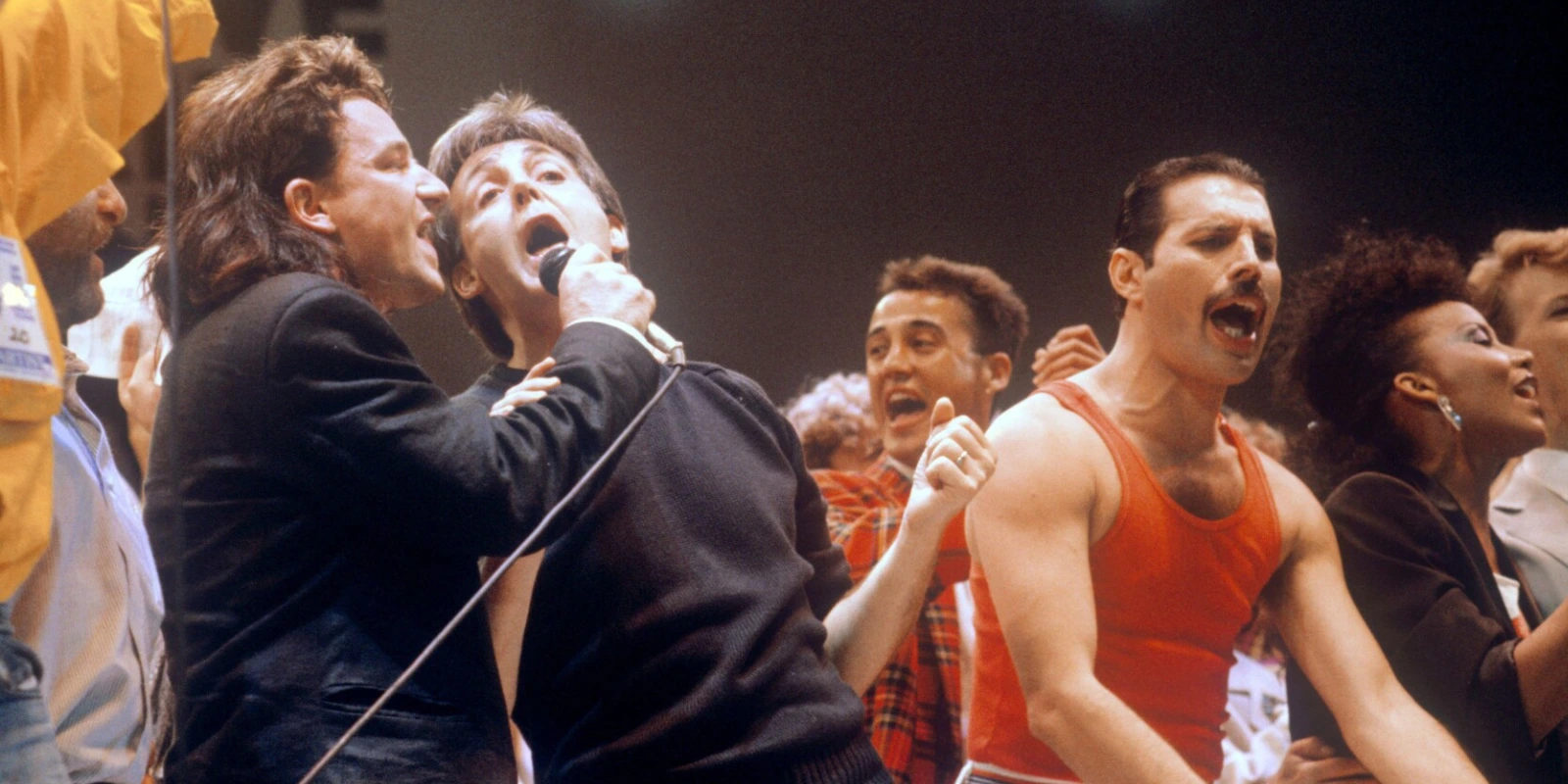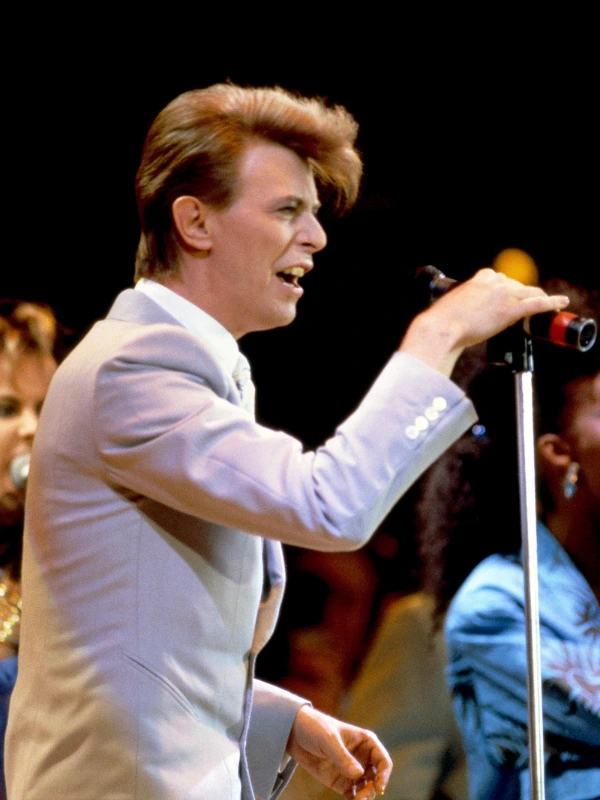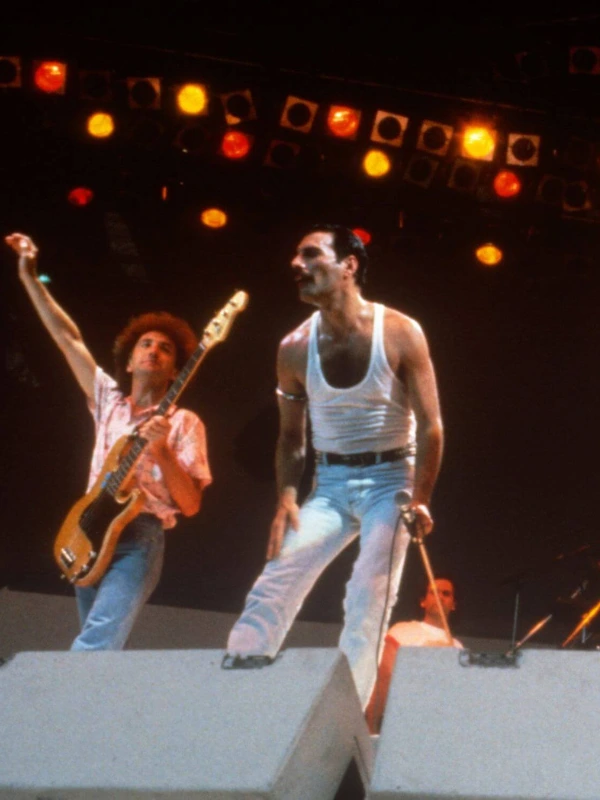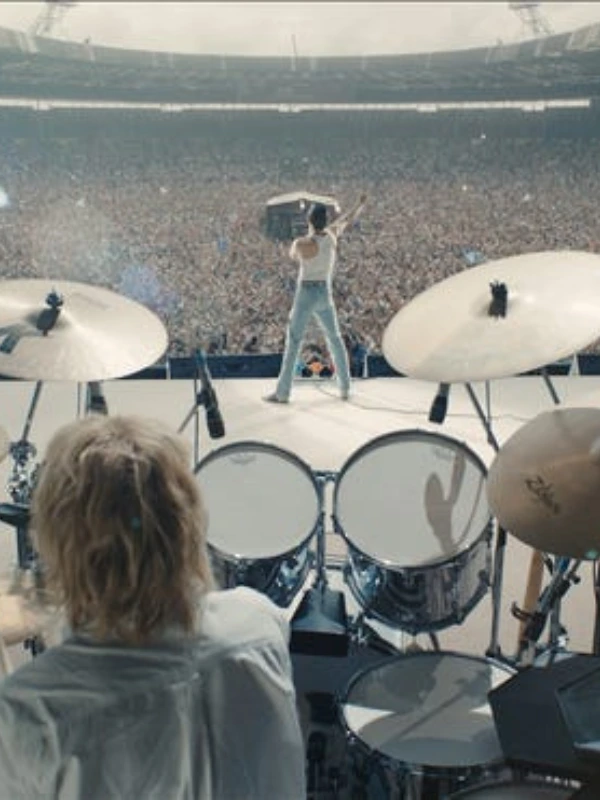

Sharad Kohli
Oh, what bliss it was to be a pre-teen in 1985! It had been a year since I became acquainted with popular music—an umbrella term incorporating genres as far apart as rock (in all its guises) and reggae, new romantic and R&B, soul and disco, punk and pop—but little of what I came to know and love through short wave and FM, and through episodes of Top of the Pops, would prepare me for the very over-the-top 1980s spectacle called Live Aid.
This year marks the 40th anniversary of Live Aid, the benefit concerts organised by Band Aid, a charity collective made up of (among others) Irish singer, lyricist and political activist Bob Geldof, and Scottish singer-songwriter and record producer James ‘Midge’ Ure. They convinced British music royalty to record a song to raise money for famine relief, after images of thousands starving to death in Ethiopia had stung the world’s conscience. ‘Do They Know It’s Christmas?’ raised £8 million—way beyond the £70,000 Geldof and Ure had anticipated—but the ambitious Irishman had a bigger goal in mind: to top up the monies by arranging two massive fundraisers. Thus was born Live Aid, the charity gig to end all charity gigs.

Geldof’s charisma, hustle and obstinacy—and a refusal to take no for an answer—got the cream of musical talent to agree to the benefit concerts, which were staged in London, at Wembley Stadium, and Philadelphia, at the John F. Kennedy Stadium. Shows were also held in the Soviet Union, Japan, Australia, Canada, and across Europe, and Live Aid was broadcast to a television audience of almost two billion in 150 countries. Nothing on this scale had ever been envisioned.
Even for an unsurprisingly apolitical 10-year-old, seeing suffering on such a scale felt unconscionable. But if anything could bring people together for a cause worth uniting for, it was—in the words of Geldof—the world’s lingua franca: “Not English but rock n’ roll.” Never before had such a cavalcade of musicians gathered at one venue. And it wouldn’t be until Live 8 in 2005 (also organised by Geldof and Ure to mark the 20th anniversary of Live Aid, and to draw attention to global poverty) that we would get to behold such a line-up again.
For a kid on holiday, and two months away from joining a boarding school some 150 miles from Wembley, it was all about the promise of music. Unfortunately, we were on the road that day (July 13, a Saturday)—on the way to a rented cottage in the Cotswolds—so I caught only a little of it on TV, and not much more on the radio. But there was such a buzz around this mega event, with anyone and everyone talking about it, that it was hard to ignore, and difficult to not get excited about. As for Geldof, he was all over the media, his energy driving Live Aid (he and his fellow Boomtown Rats took to the stage near the start before Geldof returned to his duty as manic director of proceedings).
My recollections of Live Aid, fuzzy as they are, come from seeing recorded footage or flicking through the paper the next day. What I do remember, with the benefit of hindsight, is the seminal role it played in my initiation into and understanding of a specific cultural ecosystem whose many musical expressions were only just beginning to shape my mental and emotional worldview.

If there was a wrong chord struck on the day, it was in the refusal of Michael Jackson, Bruce Springsteen and Prince to take part (for various reasons). Most, however, turned up, giving the 72,000 (approx.) in London and almost 90,000 in Philadelphia a memory to last a lifetime. We got to see/hear Queen, then a band at the height of its powers, and as embraced by the British public as once the Beatles were. Led by its showman-frontman Freddie Mercury—eager to get the crowd to sing along with him—the quartet’s 21-minute set was hyperbolically voted the “greatest live performance” in the history of rock, in a 2005 music industry poll.
For Bono and U2, then starting to make waves, Live Aid was like a springboard that would set them on the path to arena-strutting domination. And David Bowie, less of a musical chameleon than he was, but still as influential, was in his element on the day, his performance of Heroes, enthusiastically backed by the crowd, one of those genuinely goosebumps-inducing moments. On the other side of the Atlantic, Madonna was joined by the likes of Tom Petty (and his Heartbreakers), Neil Young, The Beach Boys, Santana, Tina Turner, Mick Jagger and Eric Clapton.
But, did Live Aid even begin to address world hunger in a time of plenty? In its aftermath and over the years, much criticism has come the way of Geldof and the others who had helped organise this celebration of music, criticism implying that it was yet another example of the ‘white saviour’ complex, that sympathy for Ethiopia failed to translate into meaningful action, and worse, that not all the millions reached those they were intended for.
Still, there’s no doubting the good vibrations present that July day all those years ago. Despite the audio gremlins and the breaks in satellite feed, despite all the cynicism, the world did, for one day, stop for the music. And that can’t be a bad thing, can it?
Read More: Dubai Beyond the Skyscrapers A Journey Embracing Tradition and Timeless Charm